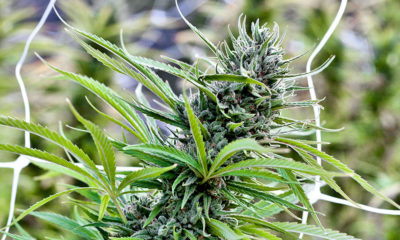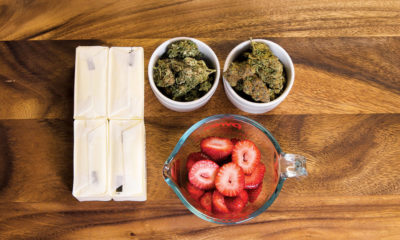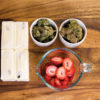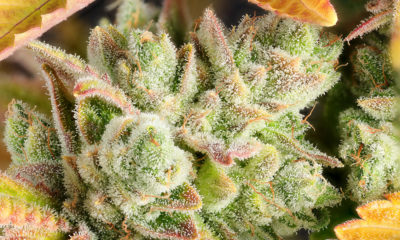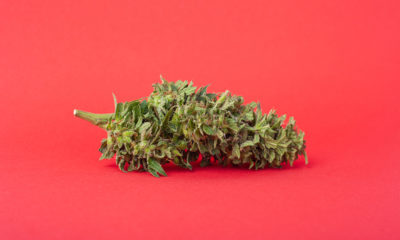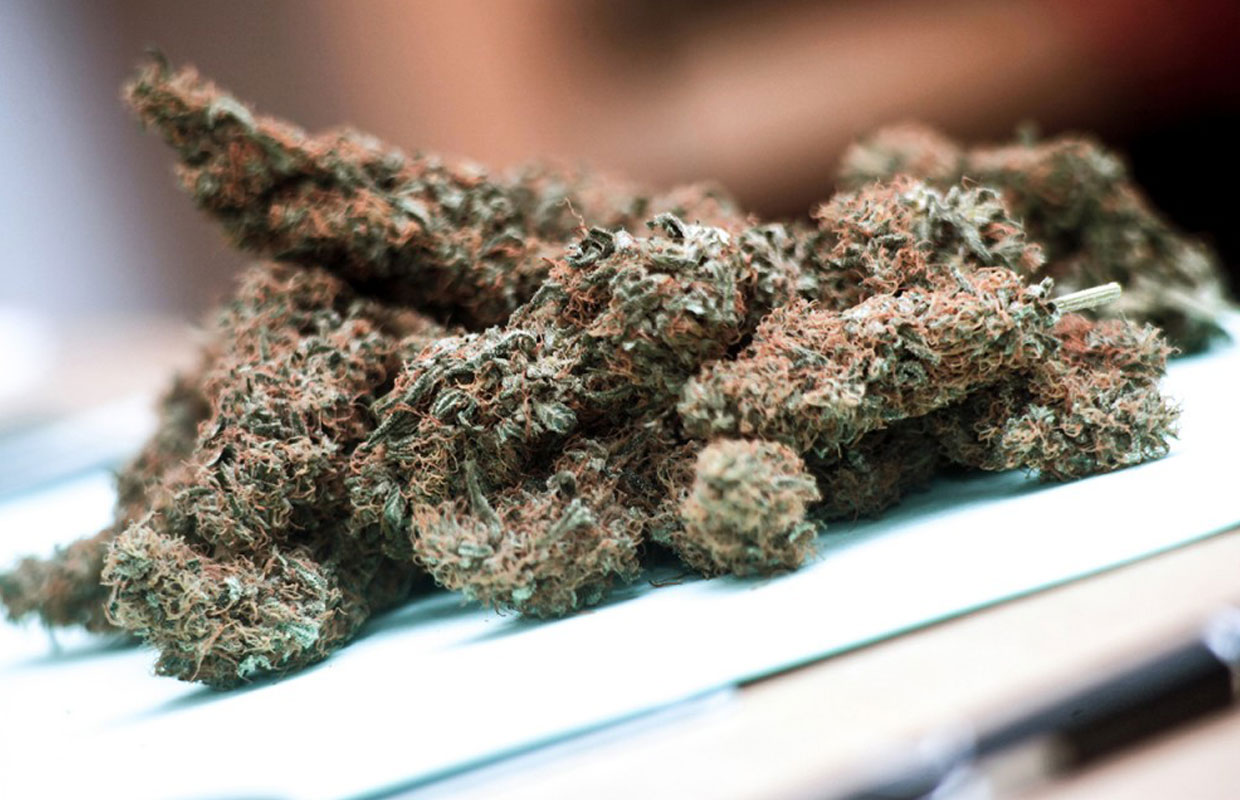
Strains
Reader Question about Indica and Sativa
In response to the article The Difference Between Indica and Sativa, Ray in Washington writes:
Looking back to the daze of five-finger lids for $10 in the late ’60s, I always knew there was a difference, but until recent years never really knew just exactly what that difference was.
In hindsight, as kids we would smoke pot because it was the “cool” thing to do, but I also realized that smoking pot has always helped me cope with the stress of having to deal with everyday society.
You see, I’m a first generation immigrant/refugee to the United States, and I’ve always felt somewhat inferior growing up to those around me. Pot helped me with my self-doubt. These days as an adult of 55+, I smoke to help keep me focused and on track.
I’ve been diagnosed with having Hep-C (thanks U.S. Army), so I treat myself as a medical patient. My only issue is why it’s so damn difficult to find a strain of 100 percent sativa? I know what my body/head craves, and it’s the sativa – as I said, it keeps me energized, focused, and on track. I don’t need an indica strain as I’m already laid back enough.
I’m told that the reason I can’t find 100 percent sativa is due to it being difficult to grow. If that’s the case then how do they get the various strains/varieties? I don’t buy it. Could you possibly shed some more light on the reason why?
Thank you,
Ray
____________________________
Ray,
If only it were as simple as indica vs sativa! A good way to understand the complexity of that question is to read Michael Pollan’s “The Botany of Desire: A Plant’s Eye View of the World.” Humans have genetically engineered wild plants through cultivation so much over time that it is really hard to find a “pure” anything.
As you would read in “Botany of Desire,” apple varieties have been bred into a huge offering of sizes, shapes, textures, tastes and colors. But, as early back as the 1800s, apples were bitter, small and only had one real use — alcohol. Johnny Appleseed is well known as a philanthropist, but in all likelihood he was probably spreading apple seeds because back on the 19th century American frontier apples weren’t much good for anything but making alcoholic cider. Maybe Johnny was really just a drunk with some ingenuity.
The point is, it is hard to say if any marijuana we have available for sale in the United States is actually ever pure indica or pure sativa, in all likelihood everything that is purchased or grown in any state is a hybrid. Political pundits and commentators alike regularly comment that today’s marijuana is nothing like the marijuana grown in the mid-20th century. That’s because it is not.
When marijuana was still mainly imported to the United States, it was far less bred than it is today. Sativas came from South American countries like Colombia and Peru because that is where they originated on the planet. These plants are adapted to lots of light and consistently warm temperatures. They grow very tall, which makes them hard to grow indoors, which is where most cannabis must be grown to hide the garden. It is difficult to grow a pure sativa in a typical indoor garden.
The domestic grow-your-own movement was started in the ’70s, in part due to the publication of “Marijuana Grower’s Handbook” by Ed Rosenthal, the first book of its kind, who suggested in the first edition’s introduction that home growing was the only way to stay safe from paraquat-tainted cannabis grown south of the border.
Americans began breeding plants domestically and over the years thousands of new strains have been created to meet whatever desires the breeder wants. Cannabis today really isn’t the cannabis of the ’70s.
Due to prohibition, there has been no real scientific data to document strain qualities and there is nothing in existence on the web that accurately classifies strains using real science. Cannabis strain names are largely marketing and it is unlikely that, say, Blue Dream purchased in Los Angeles would be chemically identical to Blue Dream purchase in Denver or Seattle. That’s because we are still using street drug names to classify cannabis.
Cannabis testing labs, such as the Werc Shop in Los Angeles and Green House Seeds in the Netherlands have begun terpene profiling, which is the most accurate way to classify strains and their effects to date.
So, while the labels “indica” and “sativa” do help classify strains and allow consumers to make certain distinctions, they should not be considered the only consideration patients take in choosing medicine. If you are in a state where you have safe access to cannabis, find a good budtender who will take the time to discuss your options with you and take notes about the effects of different strain so you can bring that knowledge back to your budtender, who relies on your feedback to help other people make the best decisions for them.
In the future, I hope to see a more scientific way of distinguishing cannabis effects by strain so that patients can find the perfect medicine, but that is the best we can do now in prohibition America.



